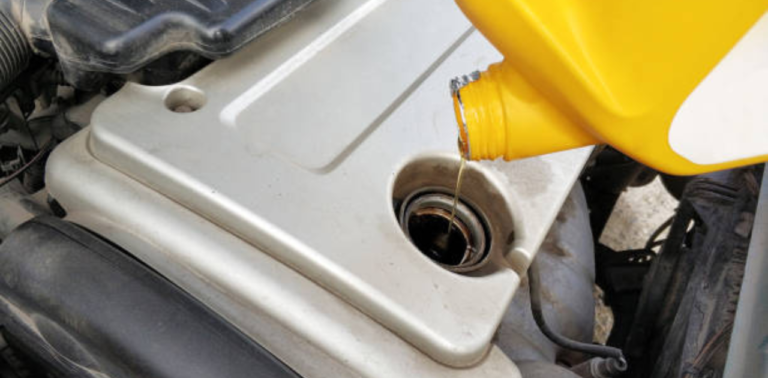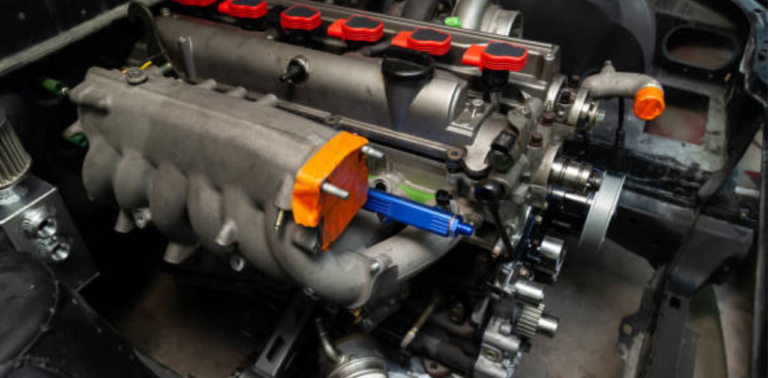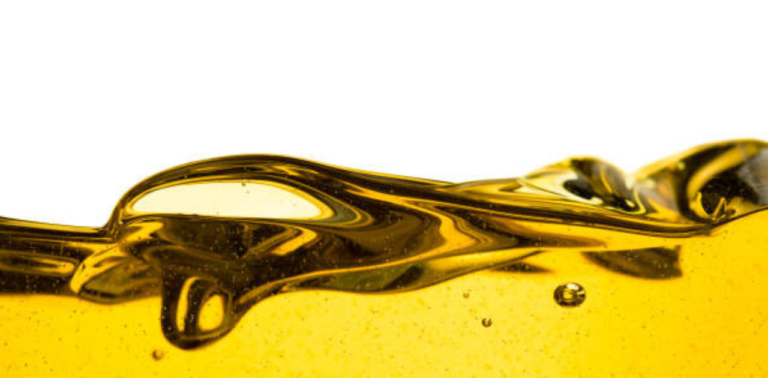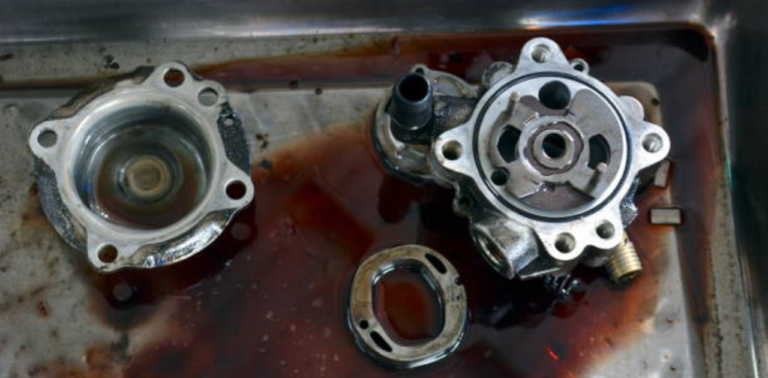How To Separate Gasoline From Motor Oil?
Gas and motor oil are necessary fluids for the engine in your car to run properly. But mishaps can occur, and these liquids can occasionally combine. It’s important to take caution while handling the procedure if you ever need to separate gasoline from motor oil. We’ll lead you through the process of properly and successfully separating these two liquids in this guide.
what is gasoline?
Gasoline, a ubiquitous liquid fuel known as petrol in some regions, is pivotal in propelling the wheels of our daily lives. Derived from crude oil through a meticulous refining process, gasoline is a highly flammable and volatile substance that fuels the internal combustion engines powering our cars, motorcycles, and a myriad of power tools.
Composition and Properties
At its core, gasoline is a complex mixture of hydrocarbons, containing various compounds such as octane. This intricate blend is carefully formulated to meet the specific requirements of internal combustion engines. The refining process involves distillation and other refining techniques to separate and purify the hydrocarbons, resulting in the creation of gasoline with optimal combustion properties.
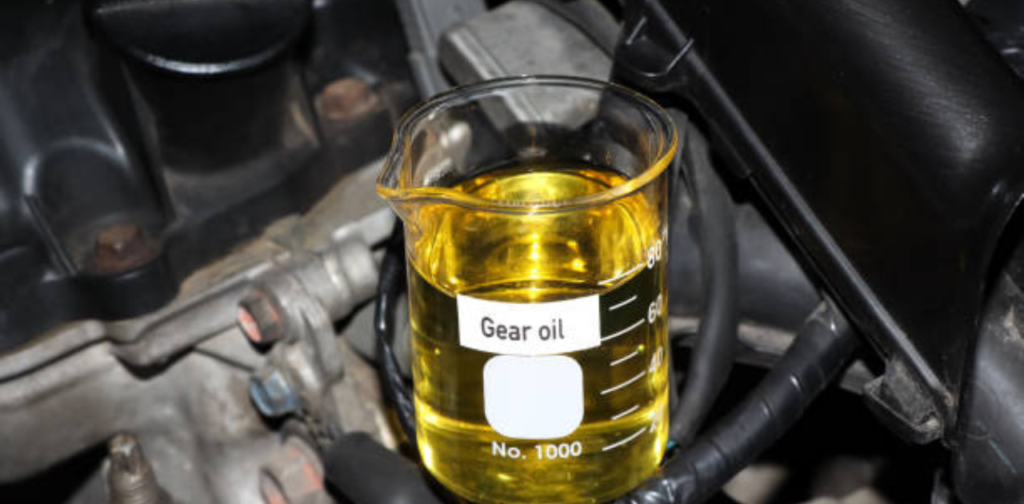
The Engine’s Elixir
The primary role of gasoline lies in its ability to generate energy when burned in internal combustion engines. These engines, found in our vehicles and small power equipment, rely on the controlled explosion of gasoline vapor and air to drive pistons, ultimately turning the engine’s crankshaft and providing the mechanical power needed for motion.
Versatility and Global Impact
Gasoline’s significance extends far beyond individual transportation. It powers an array of machinery, from lawnmowers to chainsaws, contributing to the efficiency and convenience of our daily tasks. Moreover, the widespread use of gasoline has profound implications for global energy consumption and environmental considerations.
Challenges and Innovations
While gasoline remains a crucial energy source, its combustion releases carbon dioxide and contributes to environmental challenges, including air pollution and climate change. Consequently, ongoing efforts within the automotive industry and research sectors focus on developing alternative, more sustainable fuels, and propulsion technologies to mitigate these environmental impacts.
Why Separation is Necessary
When gasoline and motor oil mix, it can decrease the lubricating properties of the oil, potentially causing damage to the engine. It’s essential to address this issue promptly to ensure the longevity and efficiency of your vehicle.
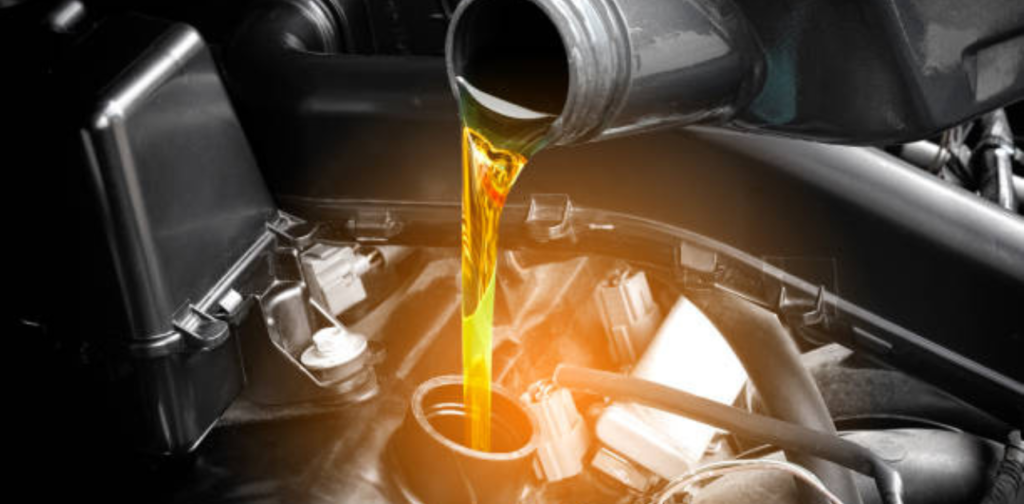
Materials You’ll Need
Before diving into the separation process, gather the following materials:
- Safety Gear:
- Safety goggles
- Gloves
- Containers:
- Two clean and dry containers with tight-sealing lids
- Tools:
- Funnel
- The syringe or a clean plastic tube
Step-by-Step Separation Process
Step 1: Safety First
Before you start the separation process, ensure you are in a well-ventilated area, preferably outdoors. Put on your safety goggles and gloves to protect yourself from any potential splashes or spills.
Step 2: Let the Mixture Settle
If the mixture of motor oil and gasoline is new, let it sit in a clean container for a few hours without being disturbed. This will allow the liquids’ varying densities to naturally cause them to separate.
Step 3: Use a Funnel
Once the liquids have had time to settle, carefully pour the mixture through a funnel into the second clean container. Position the funnel to reach the bottom of the first container, minimizing the risk of the liquids mixing again during the transfer.
Step 4: Syringe or Plastic Tube Method
Use a clean plastic tube or syringe for a more accurate separation. Make sure you reach the bottom of the mixture without upsetting the settled layers when you insert the syringe or tube. Remove the fuel gradually, making sure to discard the motor oil.
Step 5: Repeat if Necessary
Depending on the initial mixture’s ratio and the effectiveness of the settling process, you may need to repeat steps 2-4 to achieve a complete separation. Patience is key during this process to ensure you get the best results.
Step 6: Proper Disposal
Dispose of the separated gasoline and motor oil responsibly. Many local recycling centers accept used motor oil, and some may also take small quantities of gasoline. Check with your local waste disposal facilities for guidelines on proper disposal.

Tips for Success
- Use Quality Containers: Ensure that the containers you use for separation are clean, and dry, and have tight-sealing lids to prevent any contamination during the process.
- Safety Gear is Non-Negotiable: Protect yourself with safety goggles and gloves throughout the process. Gasoline and motor oil can be harmful if they come into contact with your skin or eyes.
- Check Local Regulations: Be aware of local regulations regarding the disposal of gasoline and motor oil. Improper disposal can have environmental consequences and may also be subject to legal consequences.
- Consider Professional Help: If you are uncomfortable or need clarification about the separation process, consider seeking assistance from a professional mechanic or an automotive service center.
How do you separate gas and oil?
Separating gas (gasoline) from oil involves taking advantage of the different densities of these two liquids. Here’s a step-by-step guide:
- Safety First:
- Wear safety goggles and gloves to protect yourself from potential splashes or spills.
- Let the Mixture Settle:
- Allow the gasoline and motor oil mixture to sit undisturbed in a clean container for a few hours. During this time, the liquids will naturally separate due to their distinct densities.
- Use a Funnel:
- Carefully pour the settled mixture through a funnel into a second clean container. Ensure the funnel reaches the bottom of the first container to minimize the risk of re-mixing.
- Syringe or Plastic Tube Method:
- Use a syringe or a clean plastic tube for a more precise separation. Insert the syringe or tube into the mixture, reaching the bottom without disturbing the settled layers. Slowly extract the gasoline, leaving the motor oil behind.
- Repeat if Necessary:
- Depending on the initial mixture’s ratio, you may need to repeat the process to achieve complete separation. Patience is essential to ensure optimal results.
- Dispose Responsibly:
- Dispose of the separated gasoline and motor oil at local recycling centers following proper guidelines.
How do you get gasoline out of oil?
Getting gasoline out of oil involves using a separation method to isolate the two liquids. Follow these steps:
- Safety Precautions:
- Wear safety goggles and gloves to protect yourself during the process.
- Settle the Mixture:
- Allow the gasoline and motor oil mixture to sit undisturbed to let the liquids naturally separate.
- Use a Funnel:
- Carefully pour the settled mixture through a funnel into another container, ensuring the funnel reaches the bottom to prevent re-mixing.
- Syringe or Tube Extraction:
- Employ a syringe or a clean plastic tube to extract the gasoline from the settled mixture while leaving the motor oil behind.
- Repeat as Needed:
- If necessary, repeat the process until a complete separation is achieved.
- Proper Disposal:
- Dispose of the separated gasoline and motor oil responsibly at designated waste disposal facilities.

Can you separate petrol from oil?
Yes, the separation process outlined above can be applied to separate petrol (gasoline) from oil. The key is allowing the mixture to settle, using a funnel or syringe to extract the gasoline while leaving the oil behind.
How do you make gasoline from motor oil?
It’s important to note that attempting to make gasoline from motor oil is not a recommended or safe practice. Gasoline is a highly refined product with specific properties that cannot be replicated through simple separation methods. The separation process described earlier focuses on isolating the liquids for proper disposal rather than creating gasoline from motor oil. Attempting to make gasoline from motor oil can lead to dangerous consequences and is not a recommended DIY endeavor. Always prioritize safety and follow proper disposal procedures for used fluids.
Conclusion:
Separating gasoline from motor oil may seem like a daunting task, but with the right precautions and methods, it can be done safely and effectively. Remember to prioritize safety, use the proper materials, and dispose of the separated liquids responsibly. By following these steps, you can ensure that your vehicle’s engine continues to run smoothly and efficiently.

